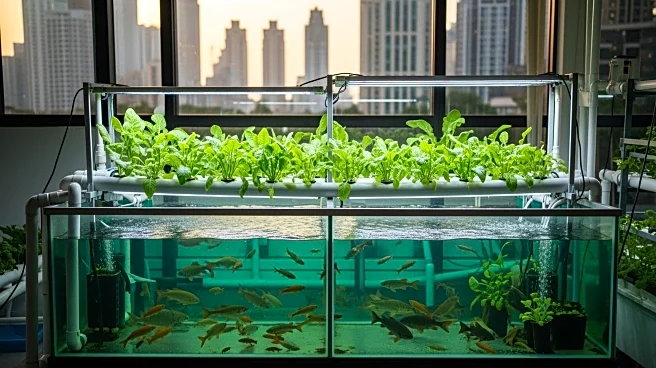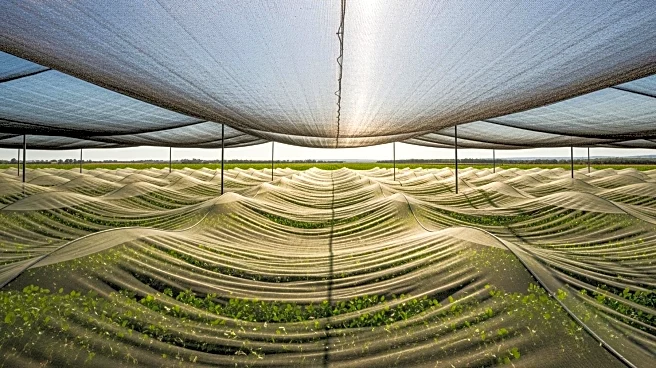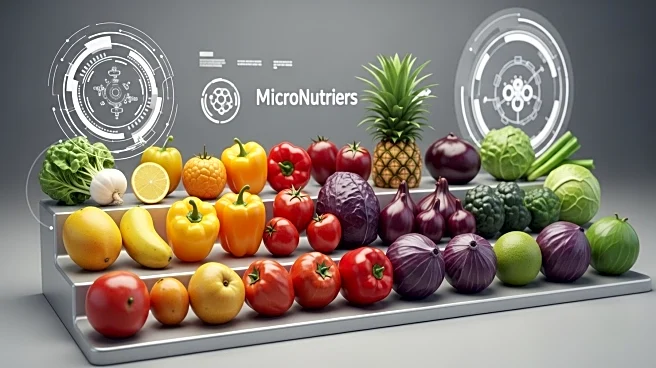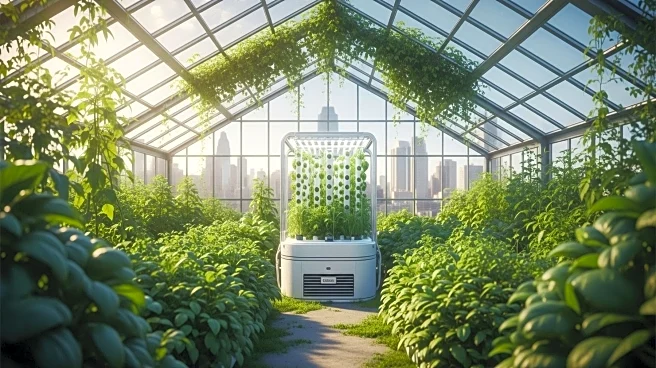What's Happening?
The aquaponics market is experiencing significant growth, driven by the increasing demand for sustainable agricultural practices and efficient food production systems. Aquaponics combines aquaculture and hydroponics
in a closed-loop environment, offering advantages such as reduced water usage, elimination of chemical fertilizers, and year-round cultivation. The market is projected to grow from USD 1.84 billion in 2024 to USD 5.24 billion by 2032, with a CAGR of 14.0%. This growth is supported by detailed segmentation across product types, applications, and global regions, highlighting demand surges and innovation zones.
Why It's Important?
The expansion of the aquaponics market is crucial for promoting sustainable agriculture and urban farming, addressing challenges like resource optimization and climate change. It offers a viable solution for efficient food production, reducing environmental impact and supporting local communities. Key players in the industry, such as Hydrofarm Holdings Group and Cooke Inc., are driving innovation and setting industry standards. The growth of aquaponics can lead to increased investment opportunities and strategic advancements in agriculture technology.
What's Next?
The aquaponics market is expected to continue its growth trajectory, with North America, Europe, and Asia-Pacific regions leading the way. Companies are likely to focus on innovation, regulatory adaptability, and strategic positioning to maintain competitive advantage. As digital and technological shifts rewrite market rules, stakeholders will need to navigate hidden risks and untapped opportunities to capitalize on the evolving landscape.
Beyond the Headlines
The aquaponics market expansion may trigger long-term shifts in agricultural practices, emphasizing sustainability and environmental responsibility. Ethical considerations around resource use and food security could become more prominent, influencing public policy and consumer behavior. The integration of technology in farming practices may also lead to cultural changes in how food is produced and consumed.











